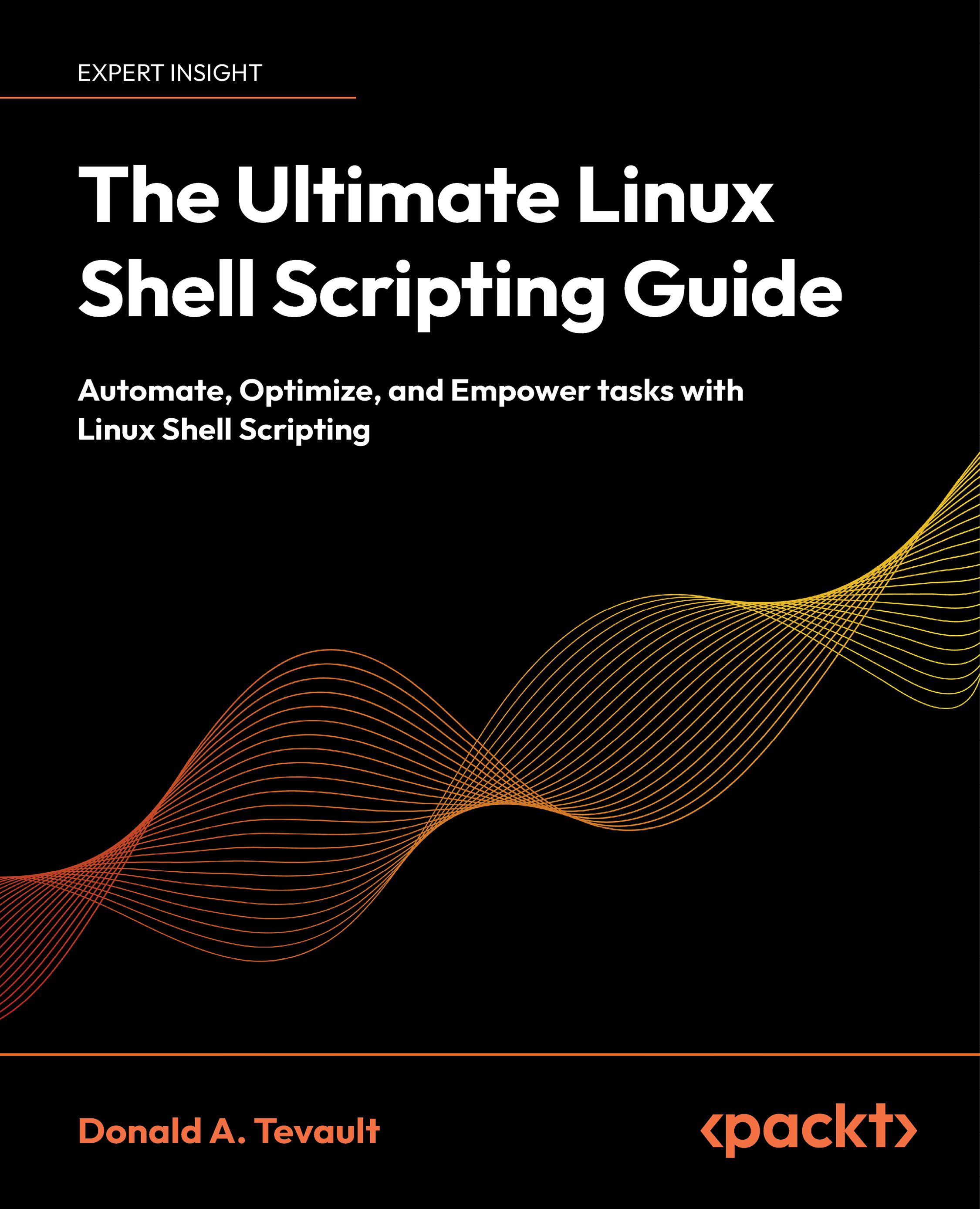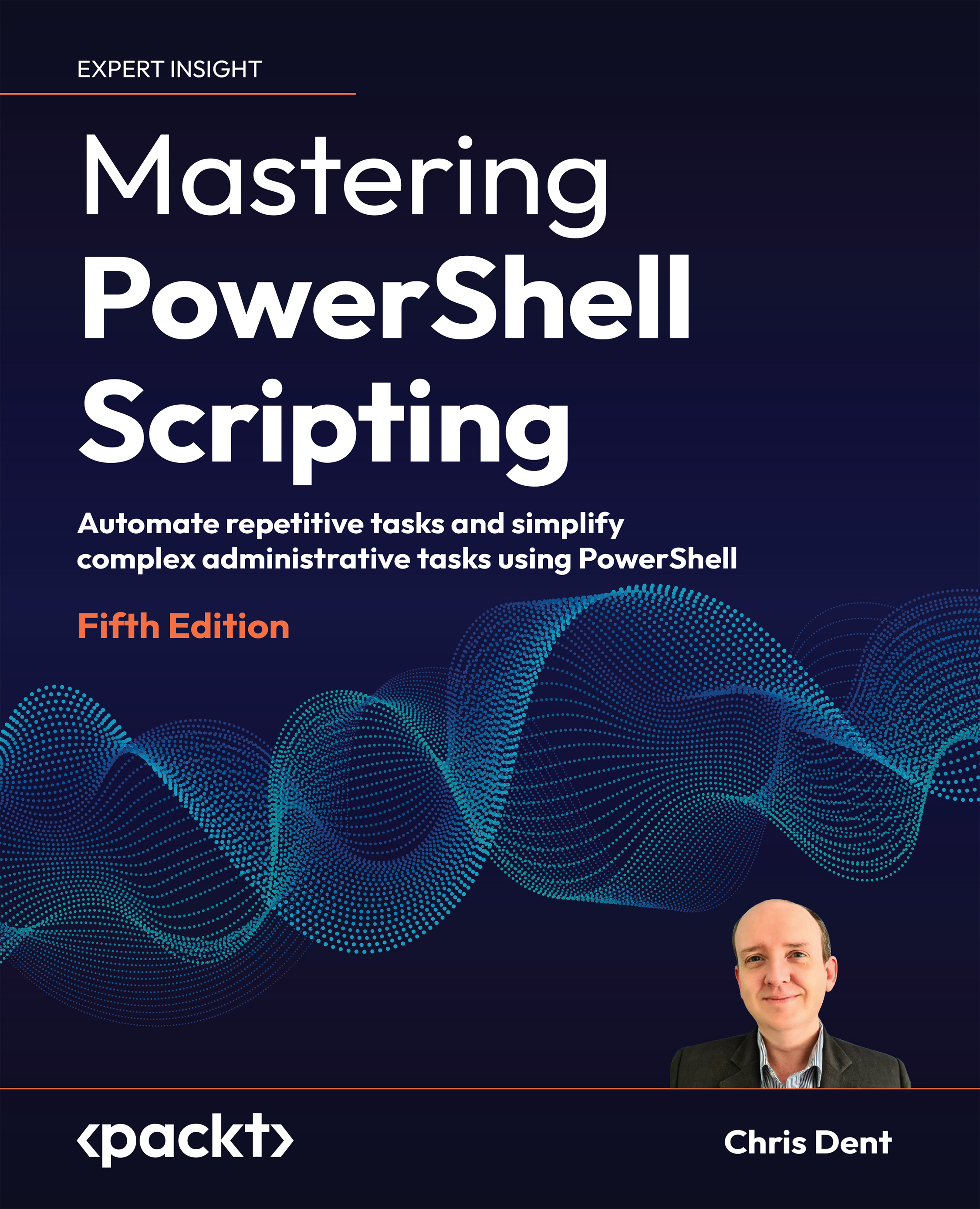In this recipe, we have seen how to apply Salt states to minions. Let's now look at the steps in details.
First, we tested if the certificate request for the minion had been accepted and signed by the master because we had configured it to accept all minions by defining the wildcard in the /etc/salt/autosign.conf file.
Next, we tested communication between the master and the minion with the salt binary and using what we call built-in execution modules in Salt. The test.ping module checks if the minion is available and is responding to the master and grains.items returns all the built-in and custom grains on the minion. Here, test.ping and grains.items are the execution modules and are just a couple of the numerous modules available in Salt.
Next, we look at how to actually apply the configured states to minions.
First, we see the push mechanism from the master to the minion:
Here, we see the salt binary being used along with the name (minion id) of the minion, followed by another execution module state.sls, and then the name of the state that we had configured. Finally, the name of the environment is specified without which Salt will look for the base environment and fail. Any configured state can be used in this format to apply to minions, and this method is independent of the top.sls file that we configured in the base directory of the development environment.
Next, we see an alternate method to apply states to minions:
Here we see the same command, without the state name and a new execution module called state.highstate. When state.highstate is mentioned, it applies all the states that have been configured for the minion in the top.sls file of that environment. Only the user state gets applied to the minion because that is the only state we have configured in top.sls so far.
The third command produces a slightly different output:
This command has a new option and its value is --state-output=terse. This option is specified if we do not want a detailed output as the first and second commands. However, it does the same task as the first and second commands
Next, we look at the method of doing the same task by fetching the states on the minion from the master by using the pull mechanism:
Here, we used the salt-call binary, which is available only on Salt minions along with the state.highstate execution module. This command will automatically take the environment from the minion configuration file, that is, /etc/salt/minion and look for the minion states in the development environment and apply all the states configured for this minion in the top.sls file. Note the output, we see the minion caching all required data in the system from the master before applying the states. This caching process will take place each time the data in the master changes and the salt-call command is run.
The other method (not used very often) to apply specific states to the minion and from the minion is shown next. These states can also be part of highstate, if added to the top file:
Here, we see the minion using the salt-call binary, but mentioning the state.sls execution module to specify a particular state instead of all the states, that is, the user state. However, do note that, for this to be successful, the Salt environment must be mentioned as shown, without which it will look for the base environment and fail.
 United States
United States
 Great Britain
Great Britain
 India
India
 Germany
Germany
 France
France
 Canada
Canada
 Russia
Russia
 Spain
Spain
 Brazil
Brazil
 Australia
Australia
 South Africa
South Africa
 Thailand
Thailand
 Ukraine
Ukraine
 Switzerland
Switzerland
 Slovakia
Slovakia
 Luxembourg
Luxembourg
 Hungary
Hungary
 Romania
Romania
 Denmark
Denmark
 Ireland
Ireland
 Estonia
Estonia
 Belgium
Belgium
 Italy
Italy
 Finland
Finland
 Cyprus
Cyprus
 Lithuania
Lithuania
 Latvia
Latvia
 Malta
Malta
 Netherlands
Netherlands
 Portugal
Portugal
 Slovenia
Slovenia
 Sweden
Sweden
 Argentina
Argentina
 Colombia
Colombia
 Ecuador
Ecuador
 Indonesia
Indonesia
 Mexico
Mexico
 New Zealand
New Zealand
 Norway
Norway
 South Korea
South Korea
 Taiwan
Taiwan
 Turkey
Turkey
 Czechia
Czechia
 Austria
Austria
 Greece
Greece
 Isle of Man
Isle of Man
 Bulgaria
Bulgaria
 Japan
Japan
 Philippines
Philippines
 Poland
Poland
 Singapore
Singapore
 Egypt
Egypt
 Chile
Chile
 Malaysia
Malaysia

















